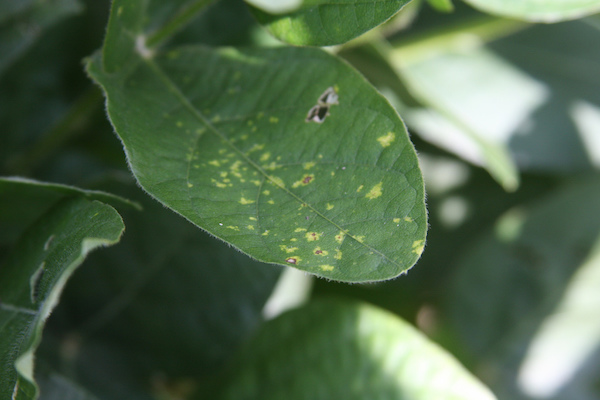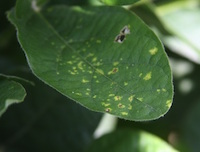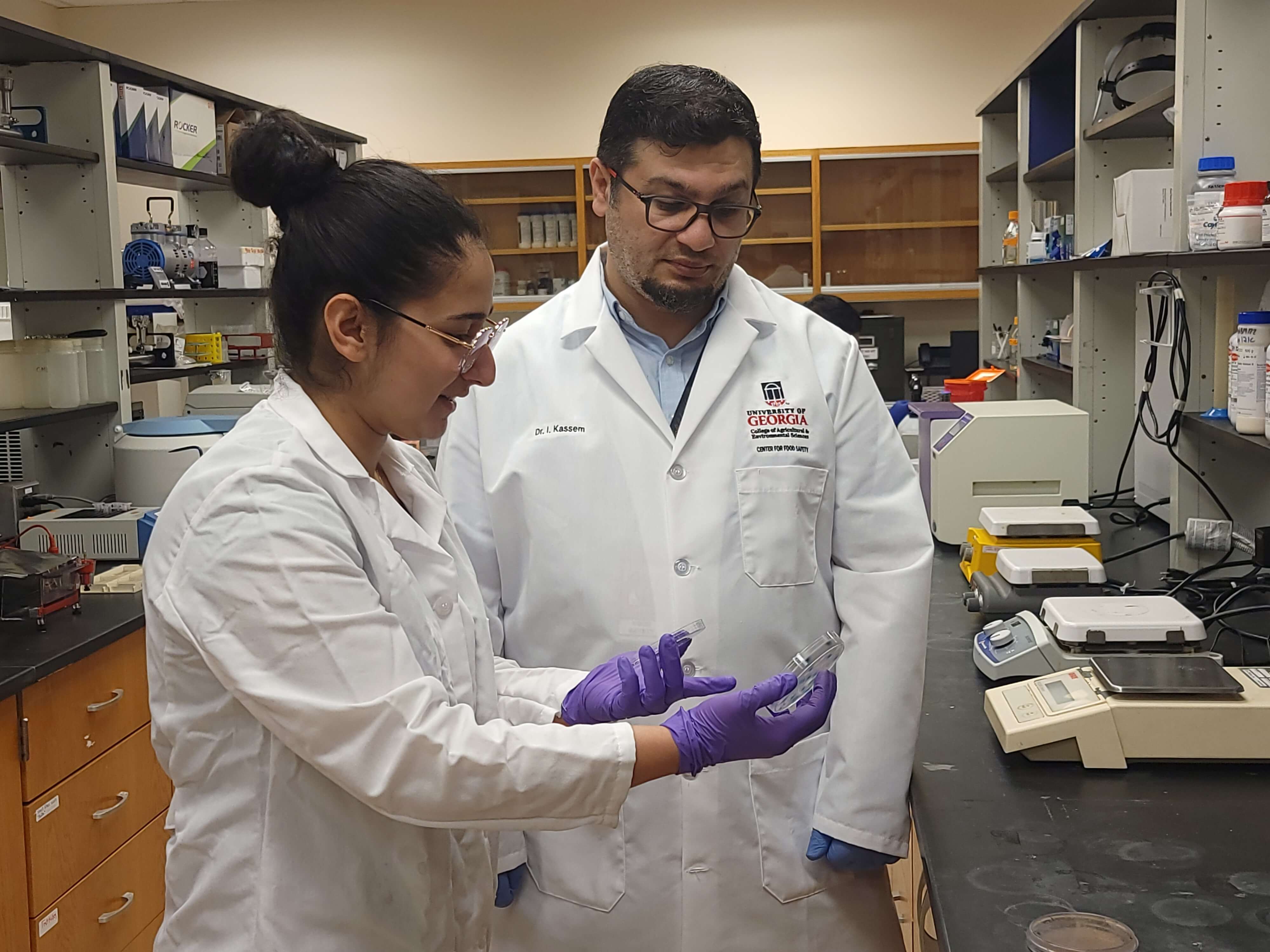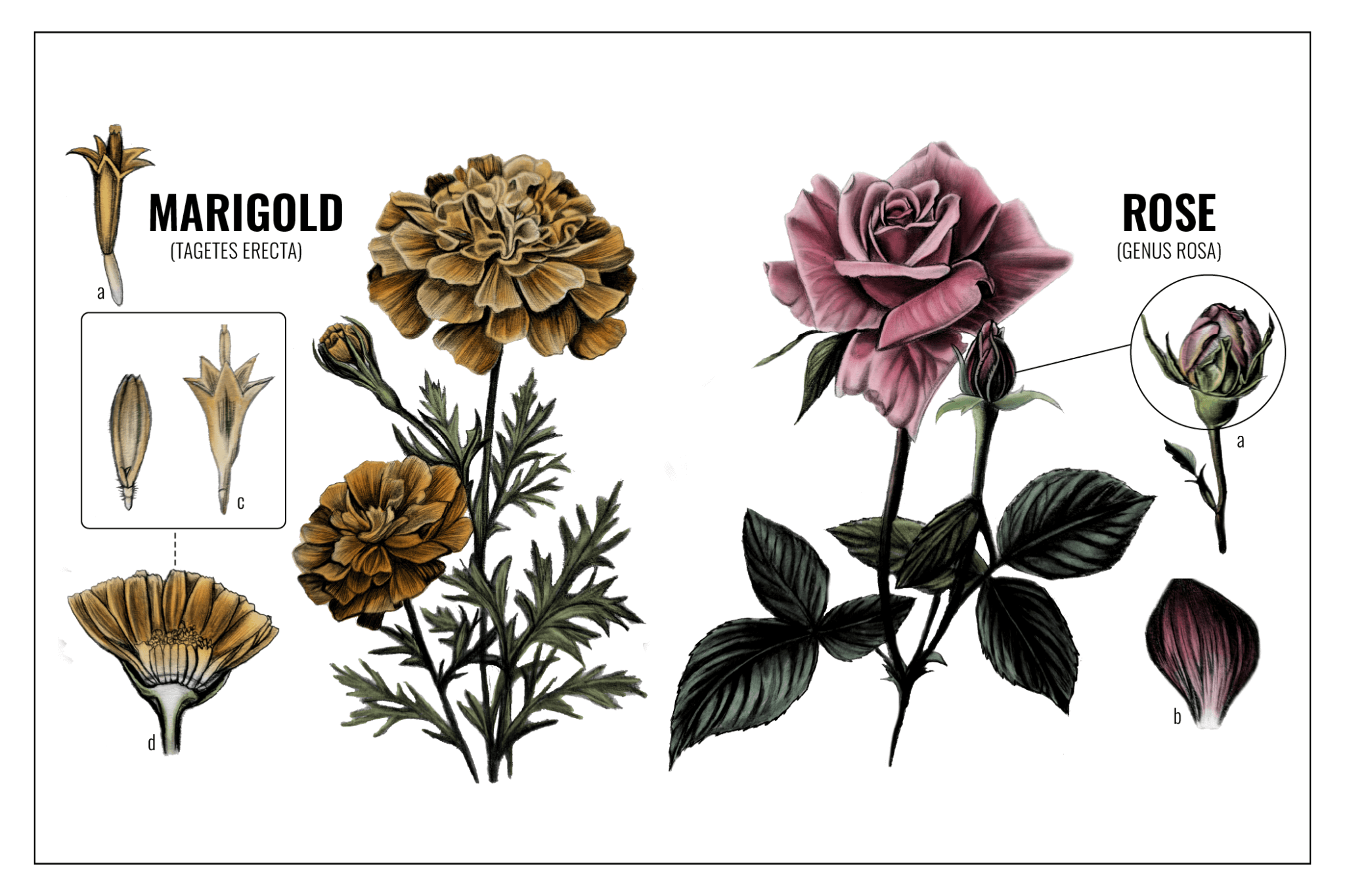Using leaves from landscape plants to mold chocolate leaves for your holiday desserts may awe guests, but University of Georgia food safety specialists say it isn’t worth the health risks.
“I have multiple concerns with using real leaves (to craft chocolate leaves for use with foods),” said Judy Harrison, a food safety specialist with UGA Extension. “First of all, a consumer would need to be sure the leaves are not toxic or have toxic substances that could migrate into the melted chocolate. They also have to be concerned about using leaves that have been exposed to pesticides or fungicides because some of these are systemic.”
Pesticide residues
In addition to pesticide residues on leaves, Harrison is concerned about residues that could be inside the plant. Pesticide residues on ornamentals are not the same as those used on food crops.
“People usually express concerns about the possibility of pesticide residues in food, and pesticides used on ornamental plants are not necessarily the same ones approved for use on food crops,” Harrison said. “They should also be concerned about insects or insect eggs that could be transferred from the leaves to the food they are making.”
UGA Extension county agents have received calls about using leaves as molds for making chocolate leaves, following a recent article in a popular Southern magazine. The recipe recommends using leaves from rose, camellia or other nonpoisonous plants as molds for chocolate leaves.
Use fondant
To keep your family safe, Harrison recommends making fondant leaves when creating a chocolate-leaf-topped cake.
“Fondant is meant to be used with food and is a much safer approach to decorating those beautiful holiday cakes. Most craft stores sell the supplies,” she said. “Any brand of fondant and cookie cutters can be used.”
For more food safety information from UGA Extension, see the website extension.uga.edu/publications.








